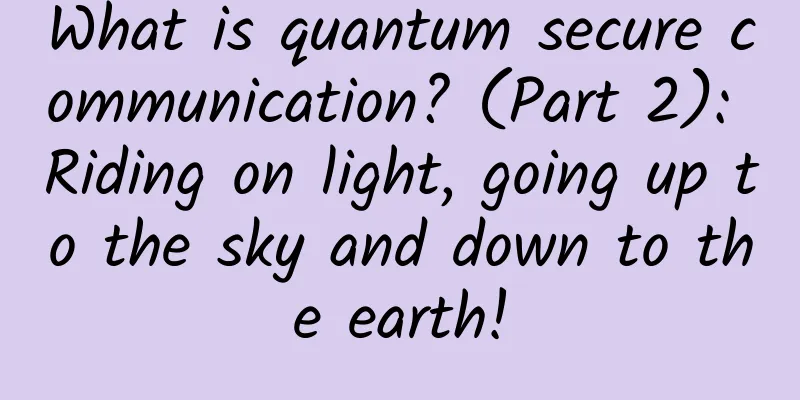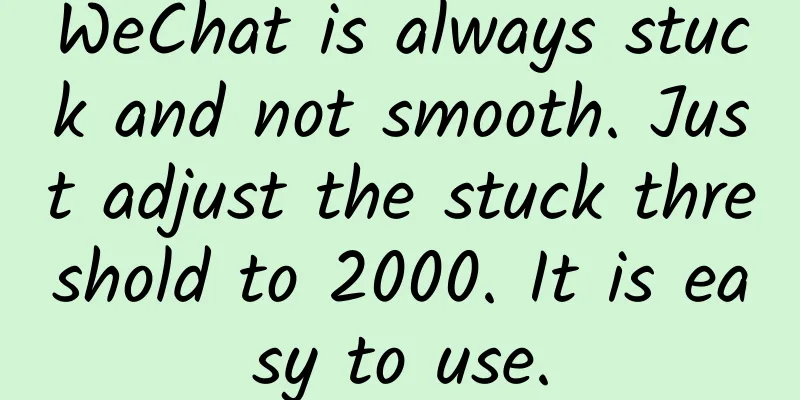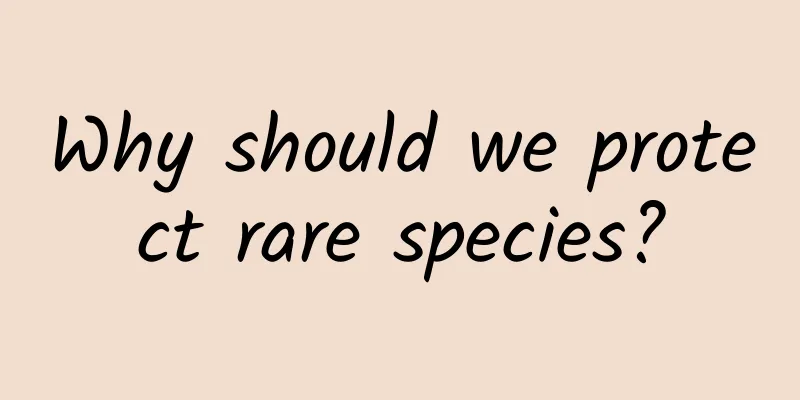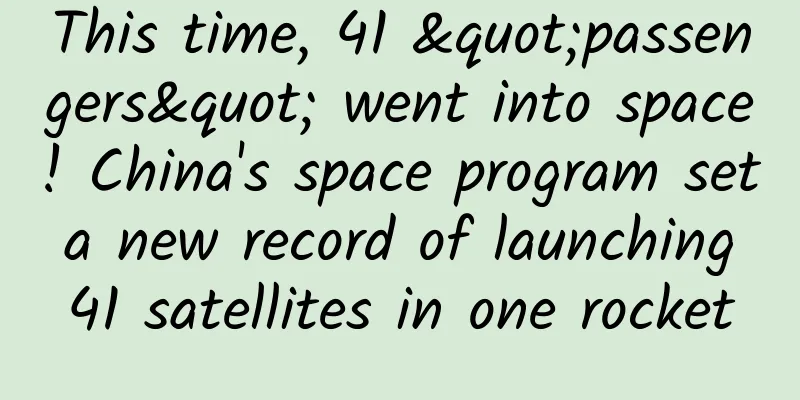What is quantum secure communication? (Part 2): Riding on light, going up to the sky and down to the earth!

|
Produced by: Science Popularization China Author: Luan Chunyang (Department of Physics, Tsinghua University) Producer: China Science Expo When it comes to Quantum Key Distribution (QKD), we enter an amazing scientific field that builds on quantum mechanics, aims for absolute security, and relies on quantum entanglement to achieve this goal. In the quantum key distribution scheme, quantum entanglement is a key element and plays a central role in confidential communication. The basic principle of quantum key distribution involves the cooperation of the communicating parties to securely generate and share keys through the preparation and measurement of quantum states. This process not only ensures the confidentiality of the keys, but also detects whether any eavesdroppers attempt to interfere with the communication. Cybersecurity concept map (Photo source: Veer Gallery) The quantum key distribution scheme is considered to be a theoretically absolutely secure communication method because it relies on the basic principles of quantum mechanics rather than computational complexity. This means that no matter how powerful future computing technology becomes, it will not be possible to crack the keys generated by the quantum key distribution scheme. After nearly 40 years of development, quantum key distribution schemes have moved out of the laboratory and started engineering construction, opening up a powerful "quantum shield" for our modern confidential communications. Some countries and regions have deployed quantum key distribution systems in inter-city communication networks to improve the security of communications. Quantum keys - using light to protect information security Generally speaking, quantum key distribution schemes need to meet two requirements in order to achieve absolutely secure confidential communications. The first is that a "one-time, one-pad" encryption method needs to be adopted to ensure that a new key needs to be generated for each communication; the second is that the key generated each time can no longer be an ordinary key, but needs to be prepared using the basic principles of quantum mechanics. Therefore, the quantum key distribution scheme requires two communication channels, one of which is a classical channel for transmitting encrypted information , and the other is a quantum channel for distributing decryption information. This special key is also called a "quantum key" . Schematic diagram of quantum key distribution scheme (Image source: Reference [1]) So the question is, how to prepare a qualified "quantum key" experimentally? In fact, light is a nearly perfect quantum key. This is because light travels extremely fast, which can meet the requirements of instant communication. In addition, a single photon can be prepared into a specific state to encode different information and form a quantum key that can be shared. Therefore, a single photon can be used as a quantum key to achieve fast information transfer in a quantum channel. Red laser beam (Photo source: Veer Gallery) It is easy to obtain a large number of photons, but it is not easy to produce a single photon. This is because the energy of a single photon is extremely low , only about 3×10^-19 joules. An ordinary flashlight with a power of 10 watts emits about 3×10^19 photons in just one second. Therefore, in order to produce only one photon at a time, a very special single-photon source is needed. What's even more difficult is that the energy of a single photon is extremely low and it is easily absorbed and lost by media such as air, which greatly limits the effective propagation distance of a single photon . Therefore, the quantum key distribution scheme uses single photons for key transmission, which has relatively high requirements for the environment. However, our scientists and engineers have demonstrated their extraordinary intelligence and ingenuity, taking photons "into the ground" and "up into the sky", thus realizing the engineering application of quantum secure communication. Photons "enter the ground" - quantum secure communication based on optical fiber Imagine that if you want to achieve confidential communication between Beijing and Shanghai, a single photon not only needs to cross a distance of more than 2,000 kilometers, but also cannot lose the key information. To give an analogy, a single photon is like a car loaded with key information. If the photon only propagates in the air, just like the car only driving on an ordinary rugged dirt road, the car's fuel will quickly run out. Therefore, scientists and engineers were inspired by the highway and decided to build a dedicated fiber optic channel for a single photon to achieve point-to-point key transmission between the communicating parties. Highway from aerial perspective (Photo source: Veer Gallery) In fact, as early as 1993, a research team from the UK used a single photon as a key to achieve quantum key distribution over a distance of 10 kilometers in optical fiber. Then in 2004, a research team from Japan also used optical fiber channels to increase the distance of quantum key distribution to 150 kilometers. In 2008, research teams from 12 EU countries successfully built the European Quantum Communication Network (SECOQC) in Vienna, which can be used for quantum secure communication by 8 users. In the field of quantum secure communications based on fiber-optic transmission, Chinese research teams have also made a series of gratifying progress. In 2005, Guo Guangcan's research team from the University of Science and Technology of China used optical fiber channels to achieve quantum secure communication over a distance of 125 kilometers between Beijing and Tianjin . Then in 2012, Pan Jianwei's research team from the University of Science and Technology of China also built the "Hefei Metropolitan Quantum Communication Experiment Demonstration Network" in Hefei, which can be used for quantum secure communication by dozens of users. Hefei Metropolitan Area Quantum Communication Experimental Demonstration Network (Photo source: The Paper) However, since there is still a certain amount of loss in the optical fiber transmission of a single photon, the maximum effective transmission distance of a single optical fiber has always been difficult to exceed thousands of kilometers . This is like a car loaded with a key driving on the Beijing-Shanghai Expressway, but its own fuel cannot support the car to complete the journey, so it needs service stations on the highway to provide refueling and other services. By the same token, a single photon also needs a relay station to provide continuous "relay" when transmitted over ultra-long distances. Therefore, in order to achieve quantum secure communication over 2,000 kilometers between Beijing and Shanghai, it is necessary to use relay stations to "relay" to ensure that single photons can successfully complete the distribution of quantum keys. Schematic diagram of the “Beijing-Shanghai Trunk Line” project (Image source: Chinese Academy of Sciences) In 2017, after four years of concerted efforts by the Chinese Academy of Sciences and other institutions, the "Fiber-optic Quantum Communication Backbone Network Project" from Beijing to Shanghai finally passed acceptance and began commercial operation. This quantum secure communication line is also vividly called the "Beijing-Shanghai Trunk Line." Within the "Beijing-Shanghai Trunk Line", there are 32 relay stations along the way for "relaying" , and information security within the relay stations is achieved through confidentiality methods such as network isolation. The coding rate results of the quantum key distribution experiment at a distance of more than 1,000 kilometers (Image source: Reference [2]) Of course, if the relay station can be eliminated, quantum secure communication can not only reduce the construction cost, but also fundamentally eliminate the hidden dangers of the relay station being invaded. In May 2023, research teams from the University of Science and Technology of China, Tsinghua University, and the Chinese Academy of Sciences worked together to achieve quantum key distribution up to 1,002 kilometers in optical fiber without a relay station. This means that the Chinese research team not only set the world record for the longest quantum key distribution in optical fiber without relaying, but also hopes to provide a new generation of reliable solutions for inter-city quantum secure communications. Photons "go to space" - quantum communication satellite In fact, in addition to "going into the ground" (using optical fiber transmission) to increase the distance of quantum key distribution, a single photon can also "go into the sky" (using quantum communication satellites) to break the limitations of surface space, thereby realizing quantum secure communication between the ground and the satellite. Some people may think that it is incredible to use a quantum communication satellite to send a single photon into space. In fact, the air on the earth's surface is mainly within a hundred kilometers from the ground, and becomes thinner with increasing altitude. In the satellite orbit space where the air is extremely thin, a single photon will hardly be attenuated by absorption and other effects of the air. A satellite that sends signals to Earth (Photo source: Veer Gallery) Therefore, as long as the weather is good at night, it is possible to send a single photon through the surface air to a quantum communication satellite, which will then relay the photon back to the surface air, achieving ultra-long-distance quantum key distribution. How about it? Doesn’t it have a bit of a sci-fi movie feel? The "Mozi" satellite achieved intercontinental quantum communication over 7,600 kilometers (Image source: Reference [3]) In fact, as early as 2008, research teams from Austria and Italy began to try to send single photons "into the sky" and successfully identified for the first time the single-photon signal reflected back to the earth by the satellite. In 2016, a research team from the University of Science and Technology of China and other institutions successfully launched the world's first "Micius" quantum science experimental satellite , and carried out an intercontinental quantum key distribution experiment over 7,600 kilometers , thus opening up the research field of quantum secure communication over ultra-long distances. "Micius" on the cover of Science magazine (Image source: Science magazine) The future is promising - moving towards the era of quantum communication As quantum secure communication technology continues to mature, the originally extremely wonderful scientific concept is gradually entering our real life. By adopting methods such as "going to the sky" and "going to the ground", quantum key distribution technology based on single photons is breaking the spatial limitations, thus providing unlimited possibilities for the ultimate realization of full-domain quantum secure communication. Schematic diagram of quantum key distribution on the “Beijing-Shanghai Trunk Line” (Image source: Reference [4]) Thanks to the continuous emergence of a series of representative achievements such as the "Beijing-Shanghai Trunk Line" and the "Mozi", the Chinese team's research in quantum secure communication has reached the world's leading level. It is believed that in the near future, more optical fiber channels and quantum communication satellites will be interconnected, thus ultimately realizing a global quantum secure communication network. Let us look forward to the arrival of the era of quantum secure communication! References [1] Buttler WT, Hughes RJ, Kwiat PG, et al. Free-space quantum-key distribution[J]. Physical Review A, 1998, 57(4): 2379. [2] Liu Y, Zhang WJ, Jiang C, et al. Experimental twin-field quantum key distribution over 1000 km fiber distance[J]. Physical Review Letters, 2023, 130(21): 210801. [3] Liao SK, Cai WQ, Handsteiner J, et al. Satellite-relayed intercontinental quantum network[J]. Physical review letters, 2018, 120(3): 030501. [4] Chen YA, Zhang Q, Chen TY, et al. An integrated space-to-ground quantum communication network over 4,600 kilometres[J]. Nature, 2021, 589(7841): 214-219. |
>>: In addition to being full or too full, feeling sleepy is actually related to what you ate?
Recommend
Today is the Spring Equinox丨It is the most beautiful time of the year, live up to the spring and yourself
Two swallows flew to the willow courtyard, and th...
With more than 300 patents, what is the difference between China's small reactor "Linglong No. 1" and traditional nuclear energy?
Since China's nuclear energy development star...
4 modules teach you how to use marketing thinking to seduce girls
"I will be 27 after this birthday. I will ch...
6 steps to successful copywriting: There are routines for writing good copy
Copywriting is a sword that can pierce the hearts...
Three questions about users: Who are the users? Where do users come from? What does the user want to do?
There are three ultimate questions in philosophy:...
Earth forest, a fleeting landscape
Earth forest is a kind of semi-loose and semi-con...
Why didn’t the activities you planned work?
Event operation is an explosive operation method ...
Are you type A or type B? If you are the former, take care of your heart
An elderly friend told Huazi that he had several ...
Selling hot products = building a brand? Don’t call selling goods a brand
This year is truly the year of brands. Everyone s...
Private Domain Operation Case | 5 Steps to Community Marketing
On the Internet, the temptation is really too str...
Pomegranates, plums, apples, persimmons... Can we eat the fruits from green belts?
Audit expert: Yang Yanhui Senior Landscape Engine...
Popular in Europe and America, fitness without equipment, functional training at home - [Animal Flow]
Popular in Europe and America, fitness without eq...
This smell is suffocating, how to have a pair of feet that are not embarrassing?
There is such an "indescribable" smell:...
The layoffs at Station B are not surprising
At Bilibili's third quarter earnings call on ...









